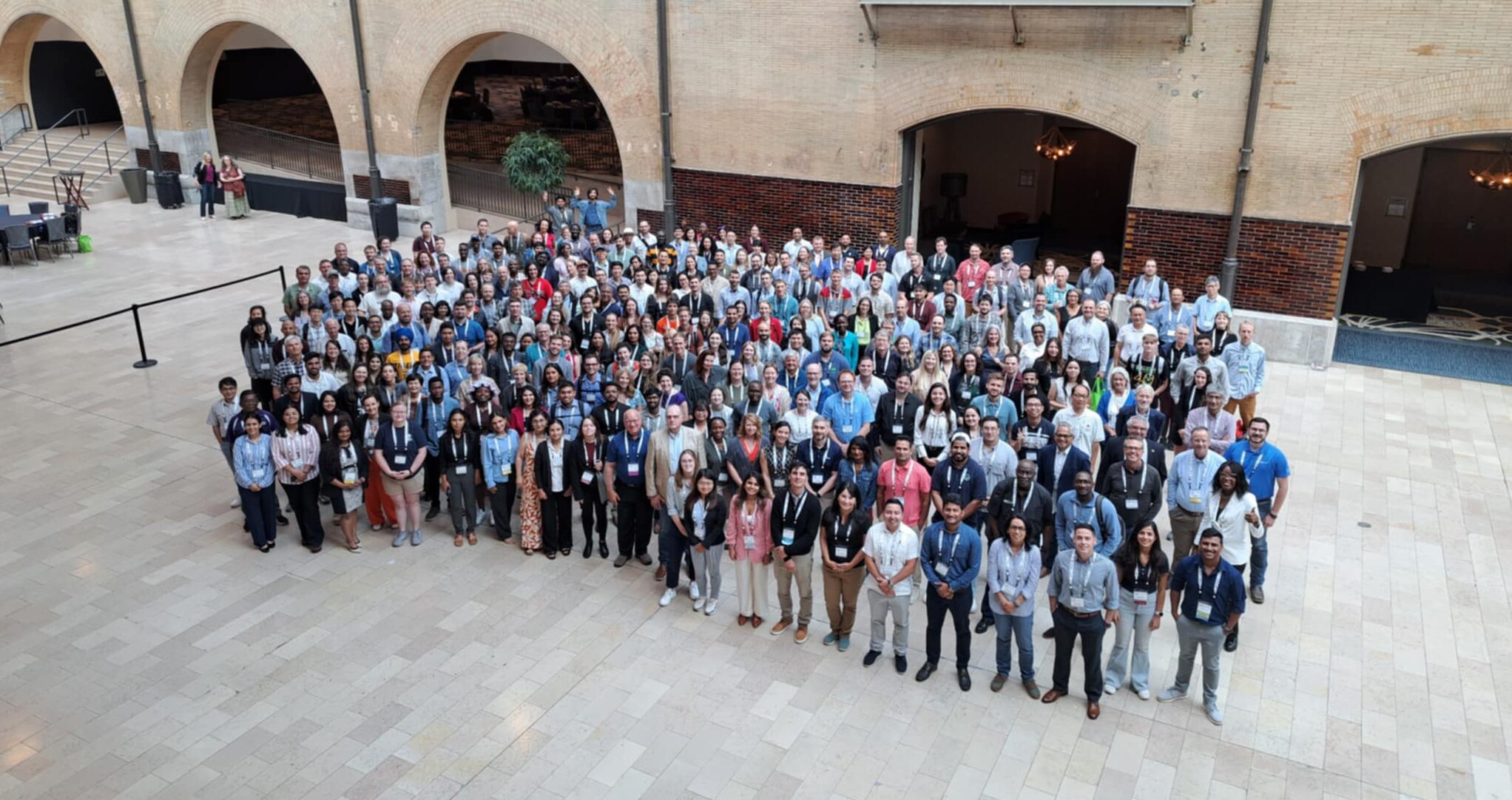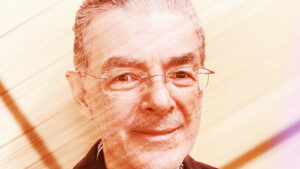For Amanda Hulse-Kemp, computational biologist at the USDA-ARS in North Carolina, computational biology wasn’t always the obvious career path. Her journey toward becoming a leader in predictive breeding strategies began in the hot fields of Texas, where a combination of circumstance and curiosity led her to realize that biology could be more than just working under the blazing sun.
She sat down for an interview at the recent meeting of the National Association for Plant Breeding (NAPB) in St. Louis, MO., where she appeared as the recipient of the NAPB’s 2023 Early Career Scientist Award.
“I think the first moment probably was during my PhD,” she recalls. “I was always working at the intersection of plant breeding and computational biology, but College Station, Texas, gets very hot during the summer, and cotton fields can be brutal in that heat,” she laughs, adding, “I think that’s when I decided maybe I’d like to focus on the computational side of things. My skin doesn’t like the sun, and air conditioning is very nice.”
But while she enjoys the cool air of her lab, Hulse-Kemp knows that staying connected to the field is critical. “I think it’s very important for computational people to still spend time in the field. It keeps you grounded in reality.”
Hulse-Kemp’s work in computational biology revolves around creating predictive breeding strategies—using data to determine which plants are likely to perform well in specific environments. However, this isn’t as easy as it sounds. “Our biggest challenge really is getting accurate data,” she explains. “We want to make decisions with 100% confidence, so we need correct information—and we need it fast. The tools are there, but we haven’t fully connected them in a way that allows us to do things efficiently yet.”
Hulse-Kemp’s work is about using computational tools to make breeding more efficient and sustainable. The challenges are numerous, but so are the opportunities. By connecting data, technology, and human insight, she and her colleagues are laying the groundwork for a future where breeding decisions are not only more accurate but also more timely.
“It’s all about getting the right tools in the right hands,” she says. “And we’re getting closer to that every day.”












